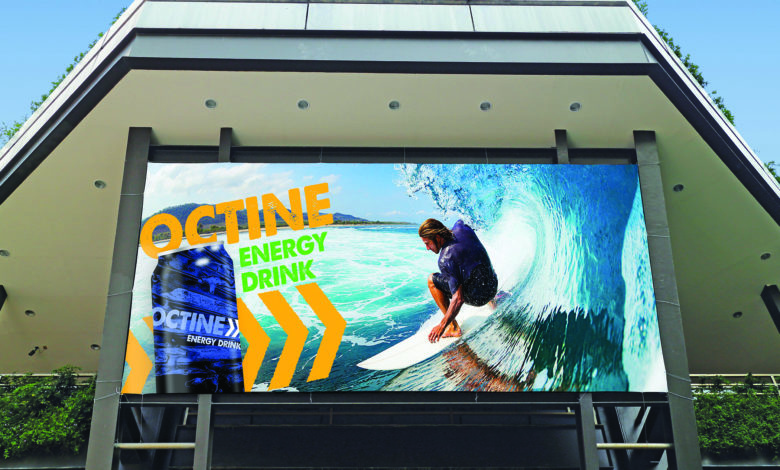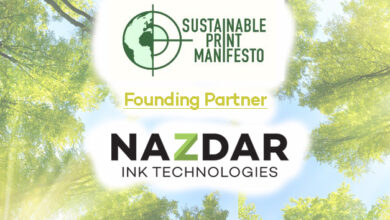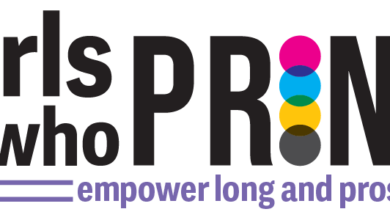
Over the years, demand for eco-solvent printing has remained strong even as new printing and ink technologies continue to hit the market.
Eco-solvent inks still present the most versatile opportunities for general graphics envisioned for indoor or outdoor use. Probably more than half of all wide-format print providers today still use either eco-solvent or solvent printer and ink technology.
Daniel Valade, Roland DGA, points out that eco-solvent is still the most versatile format available in the wide-format outdoor durable graphics market.
“Compared to other technologies like latex, eco-solvent inkjets require far less heat for printing and curing,” Valade explains. “This is important, as high heat can have an adverse effect on some printable materials causing undesirable results. There has been significant growth in the area of UV-curable inks; however, in many cases, this is an ‘add-on’ technology to the core eco-solvent print-and-cut devices that drive most of the business within our industry.”
He says that the most popular applications for eco-solvent printers and printer/cutters include: signs and banners, vehicle wraps and graphics, backlits, die-cut labels and decals, wall graphics, and heat transfer graphics.
Michael Maxwell, Mimaki USA, notes that eco-solvent ink technology is the most mature and widely used. “The basics of this chemistry/technology mean greater availability of verified, compatible materials. Additionally, this format still boasts the longest outdoor survival ratio of any other technology, even without lamination.”

“The traditional banners, signage, labels/decals, and vehicle wraps are a staple of this technology. The addition of expanded color in eco-solvent ink sets has opened up opportunities that were previously the domain of aqueous ink sets, such as interior prints. Now print service providers can serve all needs with a single technology,” he adds.
Mutoh’s Mark Rugen agrees regarding durability, adding that eco-solvent inks are “resistant to outdoor environments.”



